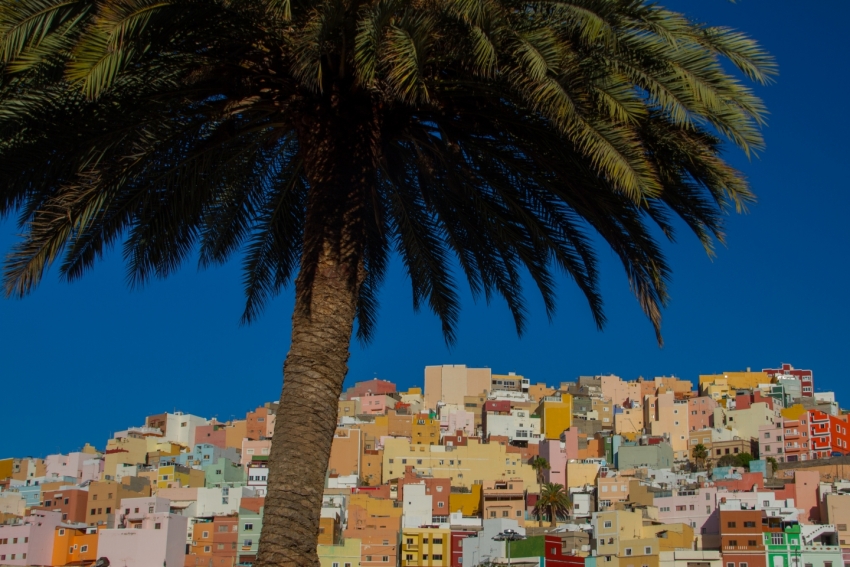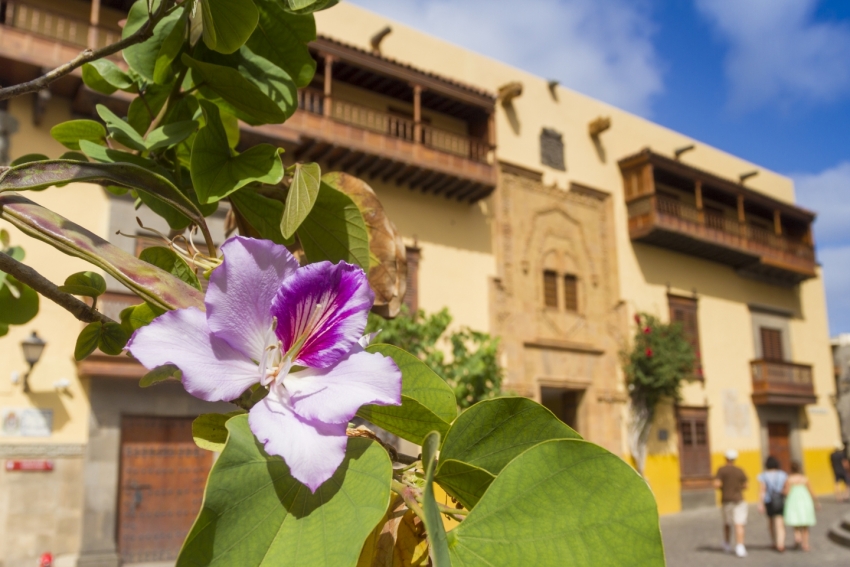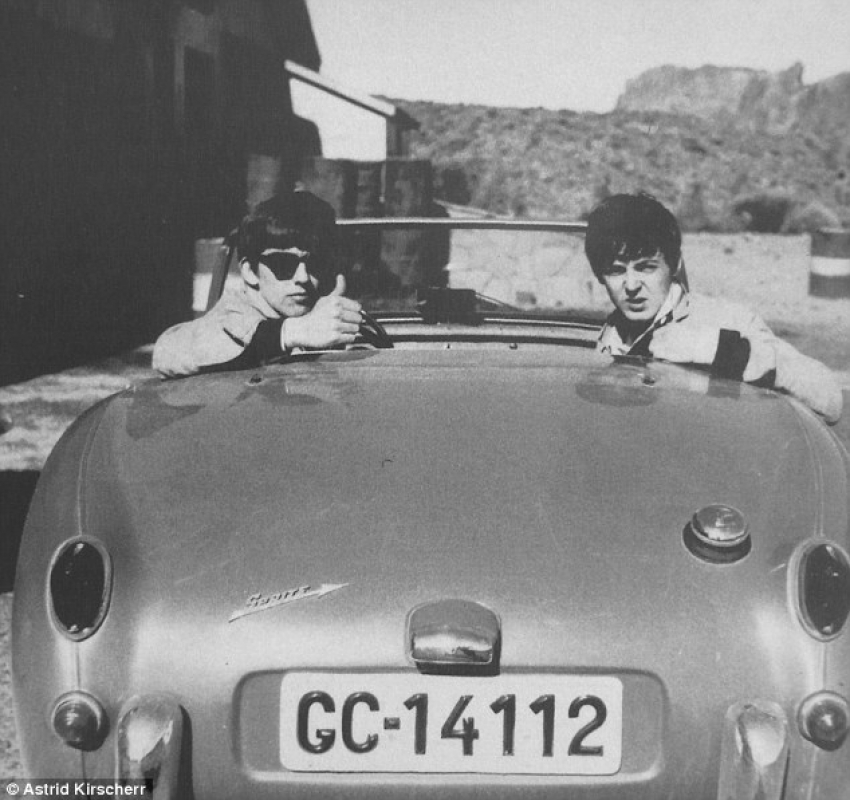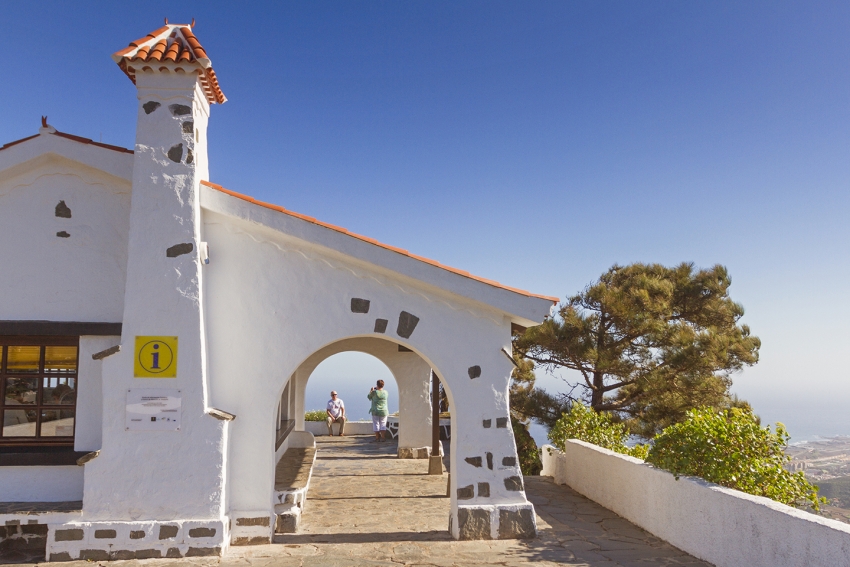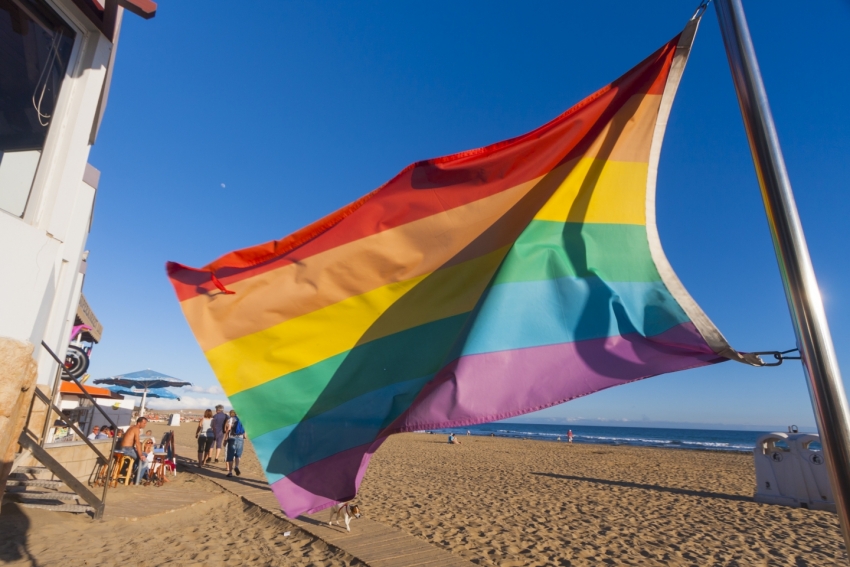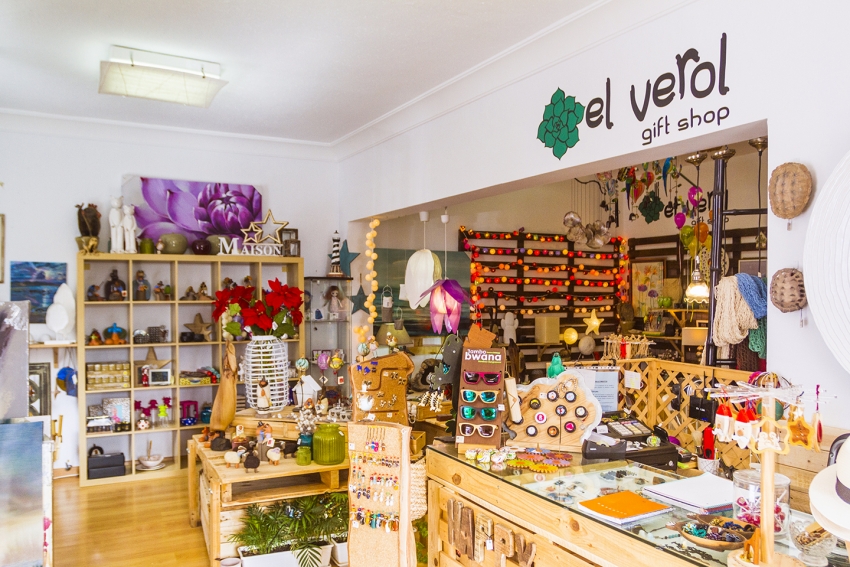Las Palmas: How The City's Attackers Paid With Their Lives
Las Palmas city's first 100 years of history were violent and bloody. And several of the city's most famous attackers shared grisly fates. The curse of Las Palmas sent them to early graves.
Gran Canaria Aboriginal Site Nominated For World Heritage Status
The Risco Caido archaeological site in Gran Canaria is Spain's official nomination for World Heritage Status. It now goes forward for consideration by the WHO's head honchos.
The Gran Canaria Mistake That Cost Sir Francis Drake His Life
Sir Francis Drake, along with his cousin and fellow privateer (legal pirate) John Hawkins, attacked Las Palmas de Gran Canaria in 1595 but failed to breach the city's makeshift defences.
How The Spanish Conquistador Was Born In Gran Canaria in 1478
Before Columbus 'discovered' America and decades before Hernán Cortez and Francisco Pizarro were even born, the Spanish Conquistador emerged from the blood and dust of the 1478 Battle For Las Palmas.
4 Lies The Guidebooks Tell You About Gran Canaria
Gran Canaria History: The Truth About Columbus' House
Everyone that visits Las Palmas stops in old town Vegueta and admires the stone carvings and massive doorway of the Casa de Colón museum; The house where Columbus stayed on his way to discover America. But is is what it seems?
Gran Canaria News: Major Discovery Set To Reveal Guache Secrets
Archaeologists have just discovered an ancient Canarii (Guanche) village, including a rare, two-storey structure, at Ansite up in the mountains of southeast Gran Canaria
Did The Beatles Spend A Day In Gran Canaria In 1963?
The Beatles' 10-day holiday in Tenerife is famous thanks to Astrid Kirchner's candid photographs, but we think they spent one day in Gran Canaria as well. Here's why...
Old Town La Vegueta: In The Footsteps Of Cavemen, Explorers & Pirates
La Vegueta was the original Las Palmas and hasn't changed much since Columbus visited, except the bits that the Dutch burned down.
Tip Of The Day: Ask To See The Secret Military Bunker At Bandama
The neo-Canarian visitor centre at the top of the Pico de Bandama volcano hides a secret from Spain's time as a military dictatorship.
How Gran Canaria Became Europe's Favourite Gay Destination
From late night erotic dances to a military governor with a masonic secret: Here's the history behind how Gran Canaria became Gay Canaria.
Gran Canaria Info recommends:
- Default
- Title
- Date
- Random




